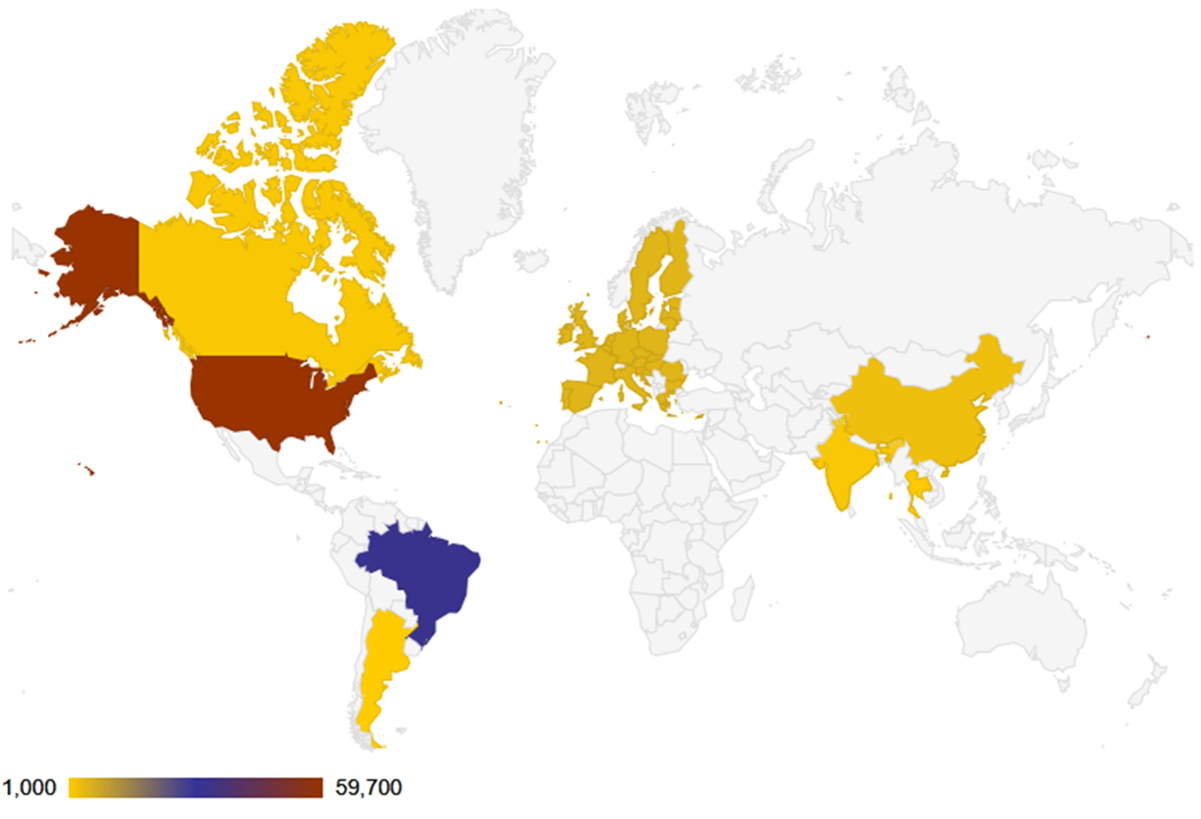Bioethanol (Sugar- or Starch-Based Biofuel)
Bioethanol (Sugar- or Starch-Based Biofuel)
In this lesson, you will learn more about how the biofuel ethanol is produced from sugar, starch, and increasingly from lignocellulose.
Overview of Ethanol (Sugar- or Starch-Based Biofuel)
Ethanol is a well-known biofuel that can be produced from sugar, starch, or nowadays, lignocellulosic feedstocks. Its production processes are well-established and widely practiced worldwide. Bioethanol is used to partially replace or blend with fossil gasoline.
Ethanol
- Colloquially known as "alcohol" – is a monohydric alcohol with the chemical formula C2H5OH.
- Traditionally produced from various carbohydrate-containing plants (e.g., sugar or starch)
- Through one of the oldest known biochemical processes
- Bioethanol (fuel ethanol) is also produced from various feedstocks:
- Sugar-rich plants (e.g., sugarcane)
- Starch-rich plants (e.g., maize, wheat)
- Ethanol can also be produced from lignocellulosic biomass, although this process is still technically challenging.
In 2019, nearly 110 billion liters (L) of bioethanol fuel were produced
worldwide. Of this, 54% was produced in the USA (59.7 billion L) and 30% in
Brazil (32.4 billion L). The European Union produced 5% of the total amount
(5.4 billion L). (cf. RFA, 2020: Annual Ethanol Production).
